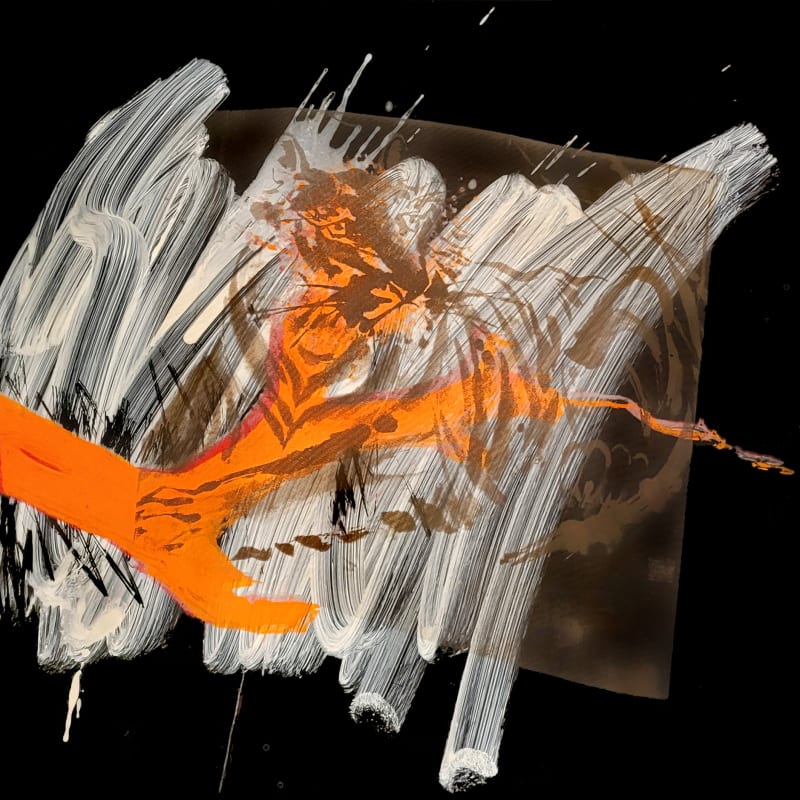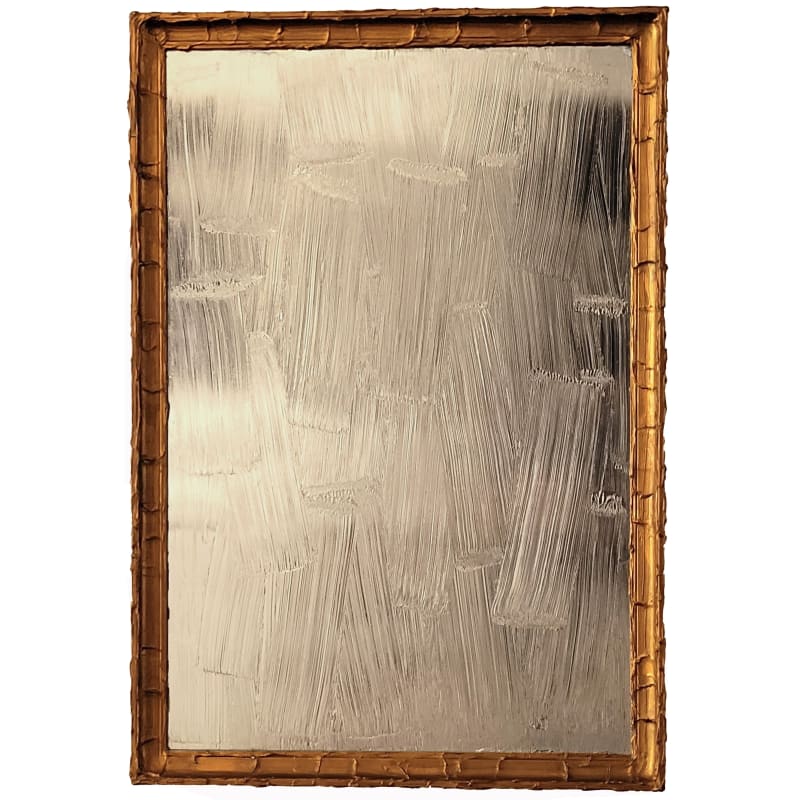With a selection of works by:
Pierre ALECHINSKY / Vincent BEAURIN / Daniel BUREN / Jean DEGOTTEX / René DUVILLIER / Maurice ESTEVE / EXA / Jan FABRE / Bernard FRIZE / HESSIE / Susan HILLER / Yves KLEIN / Bertrand LAVIER / Jean MESSAGIER / Henri MICHAUX / Vera MOLNAR / Giuseppe PENONE / Robert RAUSCHENBERG/ Edda RENOUF / TAKIS / Joaquín TORRES GARCIA / Cy TWOMBLY / Bernar VENET
‘On the Workings of the Mind’. A philosophical musing that translates to ‘Des Opérations de l’esprit’ in French. The very fact of translation reveals the constraints of the spoken word: it may be well suited to the communication of a concrete, tangible reality, but soon proves inadequate when confronted with more abstract notions. Figurative art often faces similar challenges. The language of the mind, however, knows no bounds; it is limited only by our imagination. It abstracts from appearances in search of a deeper understanding of reality and “the space inside”, to borrow a phrase from Henri Michaux. The will to elude restrictive descriptors is manifested in a more or less allusive approach, one bordering on the apophatic, in keeping with Mallarmé’s thinking that we must not “paint the thing, but its effect”. Thus distancing itself from objectivity, abstraction allows for a more sensitive investigation of the intangible qualities inside us, a sentiment endorsed by Georgia O’Keeffe. Rendering illegible the legible, rejecting the fetters of form and line: such is the charge of any artist who engages in abstraction. This practice sees various media become lenses through which we perceive an image conceived by the abstractionist, its subject expanding, tearing itself asunder, and ultimately rebuilding itself under another guise.
Some contemporary artists gleefully embrace a break with reality, directly addressing the discrepancy between what is true and what claims to be. Such preoccupations lead them to examine the very nature of objects: at what point do they become artworks? To renounce images whose express purpose is to satisfy aesthetically is to question artistic convention. Abstract artists employ a range of techniques that provocatively reconfigure or conceal external reality. Their creations are psychologically charged, seeking to inspire a revelation that is more than skin-deep. Such works are quite literally a reflection of the soul and a window into the mind. Speaking of that which is invisible to the naked eye, other artists are fascinated by the forces that surround us but often go unnoticed, namely physical energies. Through works that interact kinetically with the exhibition space, they attempt to lay bare these motive powers, such as magnetism. Central to this practice is the accessibility of art, since its focus is something common or functional, and its subject is thus within everyone’s reach. Even the viewer’s movements are of critical importance, creating a dialogue between art and its consumers.
Alongside this outward-looking creative expression stands a more intimate form of abstraction, a freeing, almost cathartic force to both the viewer and the artist. A profound reflection on identity often is often induced by various graphic strategies: the theory and practice of illegible, ‘asemic’ writing, however contradictory it may seem, allows for such an introspective experience. It is a kind of self-writing that occupies a liminal space between autobiography and self-portrait. Drawing in part on the automatic writing of the surrealists, this very personal approach facilitates an honest, frillless depiction of Man, a journey to the depths of the psyche. Legible text in the form of an illustration, meanwhile, seeks to challenge the distinction between graffiti, writing, and fine art. A drawing composed of symbols is a synthesis of these two approaches and is often of great semiotic interest. At once comprehensible and ambiguous, this form of abstraction recalls the hieroglyphs of Ancient Egypt. Every type of calligraphic expression, though, is united by a memorializing quality, an ability to capture and crystallize a moment in time, preserving it for all eternity like an insect in amber.
Beyond these abstractions is a strain of contemporary art all but devoid of ideology, taking nature as its primary inspiration. The emphasis is on reducing the creative progress to its bare essentials while maintaining the primacy of visual appeal. Thanks to this aestheticism, we realize that an artwork need not necessarily have a theoretical basis for its existence; it is enough simply to create harmony between the viewer, the work, and its subject. To some extent, isolating the essence of an object or a style while renouncing any philosophical foundation is a process of simplification. It is, however, easier said than done: nature is infinitely complex, so to simplify it is to distance oneself as far as possible from apparent reality. Drawing on nature’s bounties without attempting to replicate them, the abstractionist lends his works great telluric resonance which is a testament to our shared humanity.
Elsewhere, a conflict rages on the stylistic battlefield, where nuagist and minimalist artists are at loggerheads. Their largely contrary approaches both attempt to investigate the mind and its thoughts. Minimalism often serves as a platform for social or political causes like feminism or accessibility of art. Closely linked to this movement is the reductive practice of those who restrict themselves to a single colour, creating a monochrome work on the infinite and the immaterial, often with underlying iconographic symbolism. Nuagisme, meanwhile, is a response to stifling geometric constraints, involving abstract landscapes comprised of lyrical clouds of often intense colour. The result is a lively, vibrant picture that appears to be concealing a secret under its indistinct and semi-transparent layers. Oh, the noble mind! Its landscape is vast and foggy. To depict it in its entirety would be a tall order for any painter, but with every stroke of the brush and chisel, we approach it further.
Panayotis GALATIS























